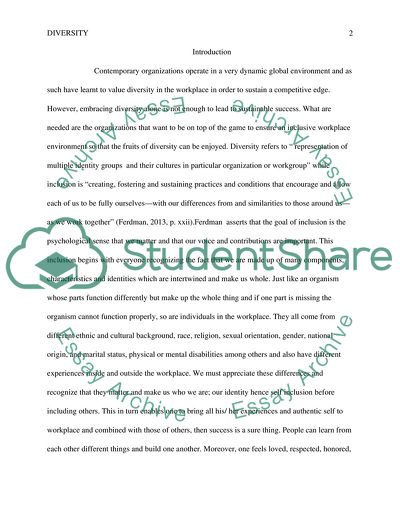Cite this document
(Diversity Essay Example | Topics and Well Written Essays - 3500 words, n.d.)
Diversity Essay Example | Topics and Well Written Essays - 3500 words. https://studentshare.org/human-resources/1850641-diversity
Diversity Essay Example | Topics and Well Written Essays - 3500 words. https://studentshare.org/human-resources/1850641-diversity
(Diversity Essay Example | Topics and Well Written Essays - 3500 Words)
Diversity Essay Example | Topics and Well Written Essays - 3500 Words. https://studentshare.org/human-resources/1850641-diversity.
Diversity Essay Example | Topics and Well Written Essays - 3500 Words. https://studentshare.org/human-resources/1850641-diversity.
“Diversity Essay Example | Topics and Well Written Essays - 3500 Words”. https://studentshare.org/human-resources/1850641-diversity.


